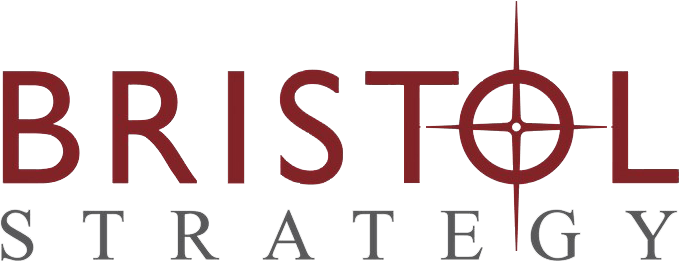Fundraising is hard work, so it’s easy to fall back on the idea that any donor will do. But you might not know what it costs your nonprofit, if you lack a documented ideal-donor profile including giving motivations. The cost could run into thousands of dollars – per hour.
There are dozens of techniques and technologies for raising money: special fundraising events, crowd-funding, endurance events, online auctions, you name it.![]() These techniques are dandy at spreading the word and getting small gifts from lots of people. But one of the biggest contributors to consistent, predictable growth is the “major” category – major gifts, major corporate sponsorships, even major grants. Regrettably, a surprising number of nonprofits fail to provide their development officers with ideal-donor profiles.
These techniques are dandy at spreading the word and getting small gifts from lots of people. But one of the biggest contributors to consistent, predictable growth is the “major” category – major gifts, major corporate sponsorships, even major grants. Regrettably, a surprising number of nonprofits fail to provide their development officers with ideal-donor profiles.
By way of comparison with our for-profit cousins, every successful major-account sales rep in the commercial sector is provided with elaborate ideal-customer profiles, buyer personas, and other qualifying criteria. Sales teams who waste time pursuing unqualified prospects are held accountable. Why shouldn’t nonprofits and NGO’s do the same? When we do so, we save time, money, and even employee engagement.
We make our major gift officers’ lives easier.
The ideal-donor profile includes motivations for giving, insights into charitable philosophy and personal values, giving history, giving capacity, wealth profile and other details. In the best cases, they include conversational openers and techniques for gaining rapport. Development officers equipped with such profiles focus their scarce and expensive time on prospects who match the criteria, and avoid those who don’t. The return on investment of their time (and the organization’s money) goes up. Those who fail to do so just don’t raise enough money.
Also, without such guidance, you are more likely to experience high employee turnover. Which costs a fortunte.
We’ve always wondered about that elusive term “cost of sales,” or for nonprofit purposes let’s call it “cost of donations.” It’s difficult to calculate, and often doesn’t account well for the soft cost of solicitors’ time, effort and emotional wear and tear. So we devised the concept of the “opportunity risk factor,” a calculation subtracting all of the time a gift officer cannot invest in cultivation and solicitation. Take the time that’s left, and divide the gift officer’s annual assignment into the remaining hours.
The first thing we discovered is that most gift officers can only devote about half their working hours to identification, cultivation and solicitation, often less. That’s all right; we need them to prepare for board meetings, attend training programs and conferences, sleep, take vacations, and stay home when they have the flu. Your gift officers may be a renewable resource, but they are not an infinite one.
about half their working hours to identification, cultivation and solicitation, often less. That’s all right; we need them to prepare for board meetings, attend training programs and conferences, sleep, take vacations, and stay home when they have the flu. Your gift officers may be a renewable resource, but they are not an infinite one.
The second thing we learned is that the opportunity risk factor is always much higher than expected. In smaller organizations, it may be hundreds of dollars an hour. In larger organizations, where gift officers are asked to raise a million US dollars per year, their opportunity risk factor ranges between $2500 and $3000 PER HOUR. Can your nonprofit really afford to waste any of those hours on unqualified or under-qualified major prospects?
Providing ideal-donor/ideal-sponsor profiles is a management practice well worth the effort. It takes some time to figure out the characteristics of your ideal donors, but that time repays itself many times over. And once you’ve defined it, you can further support your major gift team by holding them accountable and coaching them for even better results.
Interested in learning more about ways to manage your fundraising team for optimal effectiveness?
Contact us for a chat!

